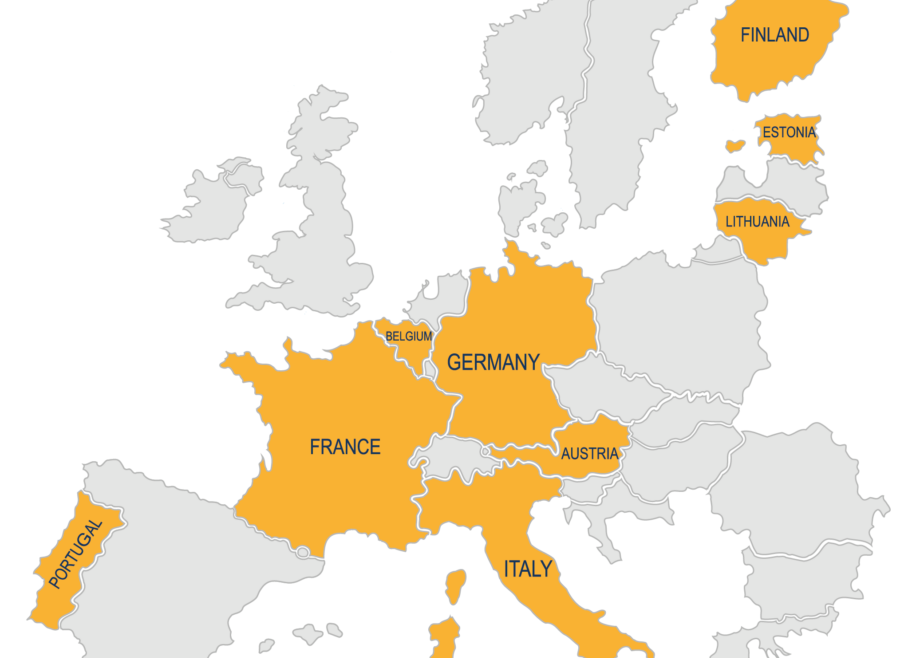When the European Commission published the final bundle of implementing and delegated acts for the Electronic Freight Transport Information (eFTI) Regulation on 9 January 2025, the legal framework for paper-free freight in the EU was finally complete. The new rules close the last technical gaps, let Member States finish their inspection systems, and give businesses nine months to switch their logistics paperwork to structured data before authorities start accepting eFTI records in late 2025. For carriers, shippers, and platform providers, the clock is now ticking.

Why January 2025 Matters
The so-called “Spec Pack” adopted in January translates the high-level eFTI Regulation (EU 2020/1056) into code lists, data models, and API behaviours that IT systems must follow. From this date Member States can build national eFTI Gates, while the private sector can align transport management systems (TMS) and enterprise resource planning (ERP) tools with the same interface. A follow-up act scheduled for September 2025 will finalise functional requirements for market-facing eFTI platforms and set the official certification scheme.
What Is in the Final Spec Pack
Two legal instruments do most of the heavy lifting:
- Commission Delegated Regulation (EU) 2024/2024 – establishes the eFTI common data set and more than 50 thematic data subsets, each mapped to a specific EU or national legal act (dangerous goods, waste shipments, etc.). Every element is given a unique definition, format and code list reference.
- Commission Implementing Regulation (EU) 2024/1942 – details how competent authorities query, retrieve and validate eFTI data during roadside or terminal checks and how national eFTI Gates must log each access session.
Together, they guarantee that an eCMR consignment, a waste waybill, or a multimodal unit load device record can be exchanged in the same machine-readable envelope, regardless of transport mode.
Mandatory Data Payloads
The delegated act groups the 170-plus data elements into six logical blocks that every eFTI message must expose or reference:
- Transport References – unique consignment reference (UCR), transport document numbers, transport mode indicator.
- Actors – legal name, address and VAT/EORI of consignor, consignee, carrier and (when relevant) freight forwarder.
- Goods & Packaging – commodity description, CN/HS code, dangerous-goods UN number, packages, net and gross mass.
- Transport Equipment – vehicle registration or wagon/container ID, seal numbers, IMO/ILU or ILN codes.
- Itinerary & Locations – place of loading/unloading, transit points, border crossings, planned arrival/departure times.
- Regulatory Declarations – cabotage statement, waste shipment code, phytosanitary certificate ID, customs status.
Only the elements required by the legal act that triggers a control (for example ADR dangerous-goods points) must actually be filled in, but the envelope structure is always the same. This modular approach keeps data exposure to the strict minimum that an inspector needs.
Becoming a Certified eFTI Platform or Service Provider
From September 2025 economic-operator systems wishing to brand themselves “eFTI platforms” must pass a conformity assessment run by an accredited third-party body (a “notified body”) designated by a Member State. The assessment checks:
- compliance with the common data set and subsets;
- implementation of the security and access-control functions defined in the implementing act;
- disaster-recovery and audit-trail capabilities;
- interoperability tests with at least one national eFTI Gate.
Successful platforms receive an EU Certificate of Conformity valid for five years and are listed in a public register managed by the Commission. Service providers (such as freight forwarders running a multi-tenant platform for clients) follow the same path but add proof of organisational fitness and incident-response procedures. Carriers and shippers can outsource to a certified provider or integrate the specs into their own in-house systems, but only certified platforms may expose data to authorities.
Countdown Checklist for Carriers and Shippers
1. Map your paperwork (Q3 2025) – Identify every regulatory document you carry today and match its fields to the eFTI common data set. Pay special attention to ADR dangerous-goods points and waste codes.
2. Choose your platform strategy (Q3 2025) – Decide whether to run your own eFTI node or contract a logistics IT provider that plans to be certified. Ask for evidence of their conformity assessment schedule.
3. Clean your master data (Q3–Q4 2025) – Align product codes, location identifiers, and partner EORI numbers with the code lists referenced in the delegated act.
4. Pilot digital exchanges (October 2025) – Use sandbox connections offered by national eFTI Gates to verify that inspectors can retrieve your data with only a licence plate or consignment reference.
5. Train drivers and dispatchers (November 2025) – Replace the “folder of papers” with a QR code or alphanumeric token that points to the eFTI record. Make sure staff can regenerate the token offline.
6. Go live when authorities open the gate (December 2025) – Keep a small paper fallback for cross-border legs involving non-EU jurisdictions, but within the EU, be ready to show digital-only evidence on demand.
Following these steps will let operators meet the regulation’s late-2025 start of acceptance and glide smoothly toward the full legal obligation for authorities to accept eFTI data from 9 July 2027.
